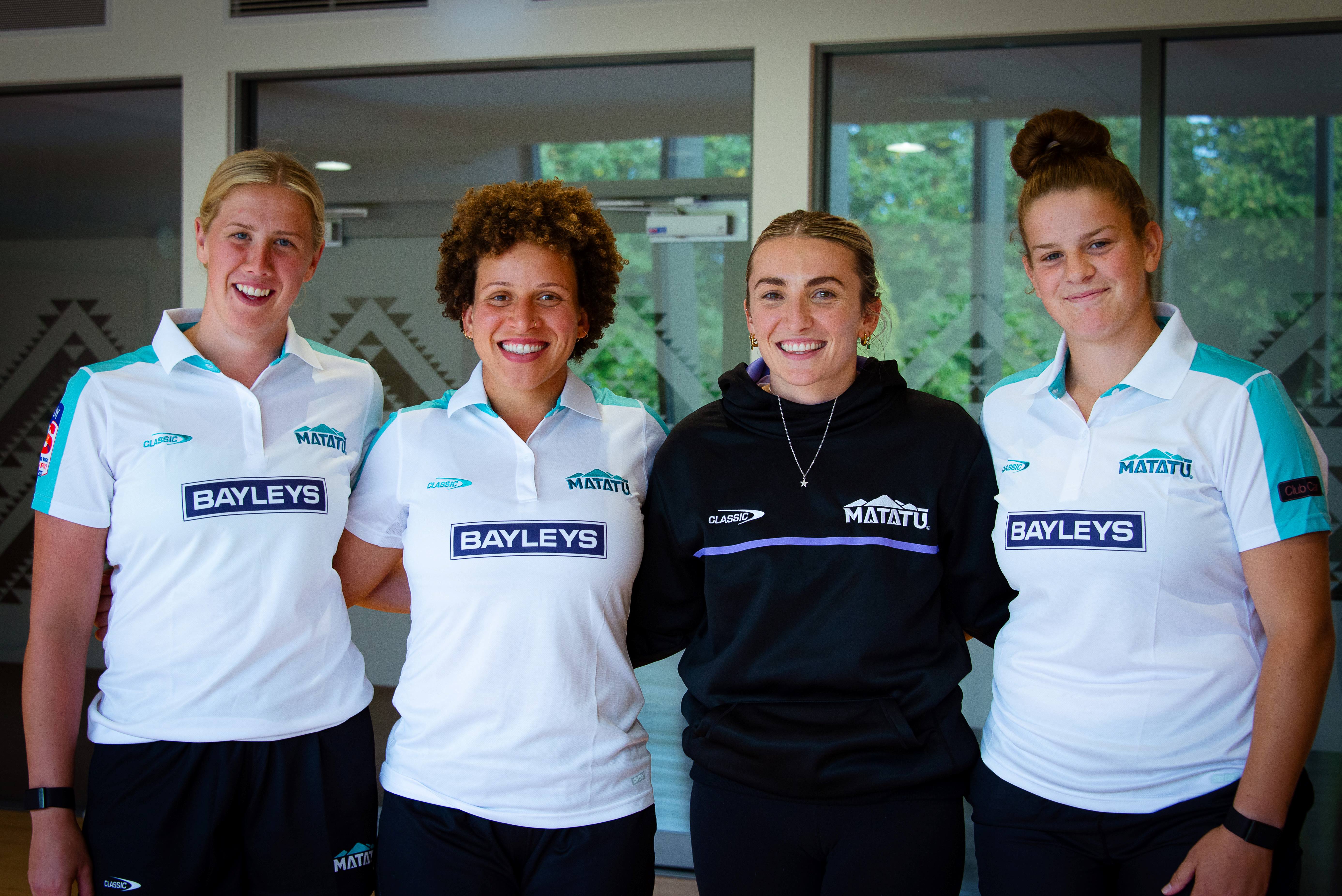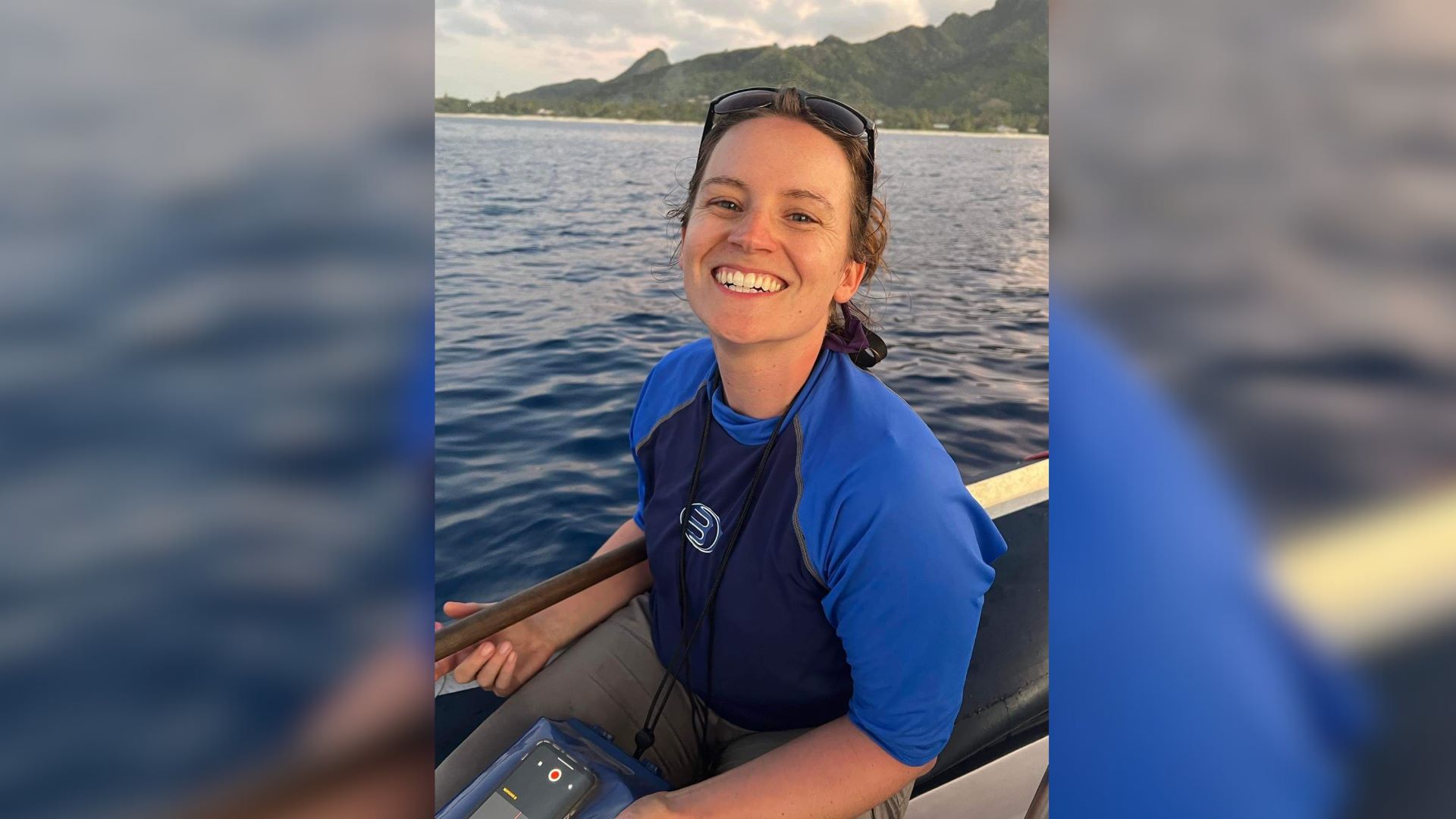A worrying new study has highlighted that up to 78% of beachgoers in Aotearoa New Zealand are unable to spot rip currents (rips) in the surf, increasing the risk that they may inadvertently end up caught in one.
On average, five people fatally drown in rip currents on our beaches each year and a further 700 people require rescue.
The study, conducted as part of a collaboration between Surf Life Saving New Zealand (SLSNZ) and beach safety experts at the universities of Canterbury, Auckland, Waikato, and UNSW Sydney, found that most beachgoers were unable to accurately identify rips.
“What we observed was a dangerous and well-established rip current moving quickly offshore from the beach, and when we asked beachgoers to point it out to us, the vast majority were unable to do so,” says study author Senior Lecturer in Physical Geography Dr Seb Pitman, a coastal geomorphologist at the University of Canterbury.
The study was conducted at Muriwai Beach on Auckland’s West Coast, well known for its energetic surf conditions.











